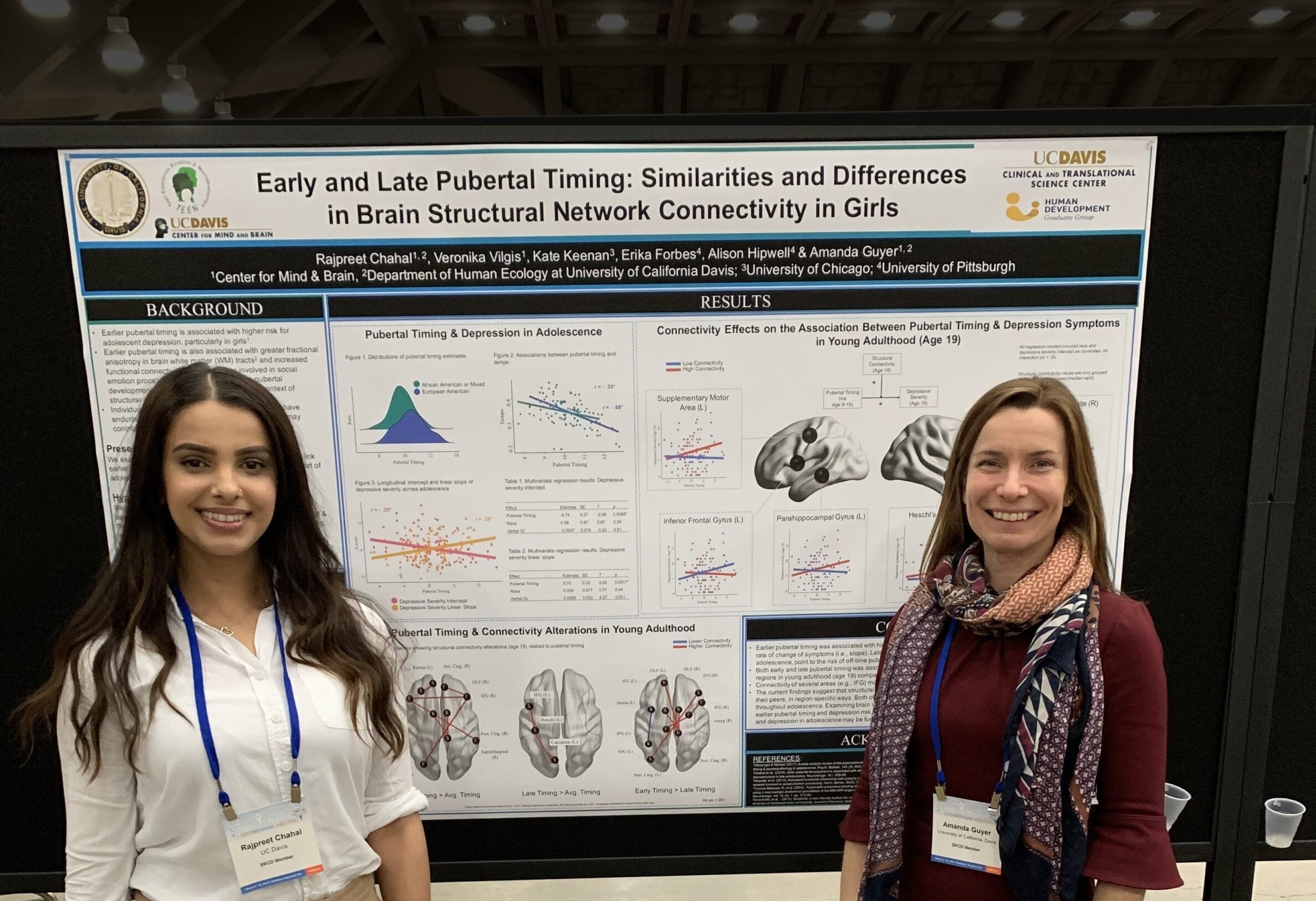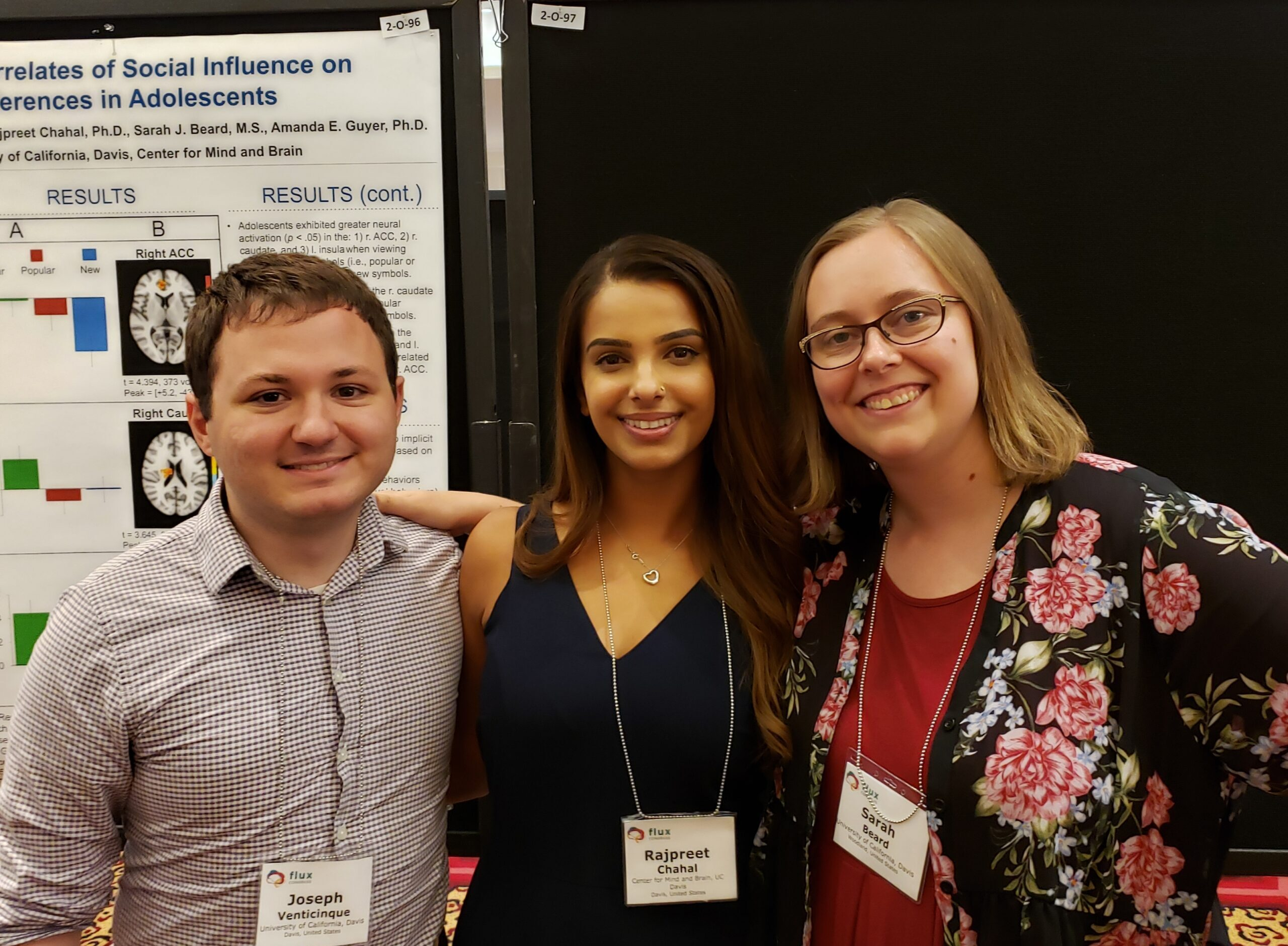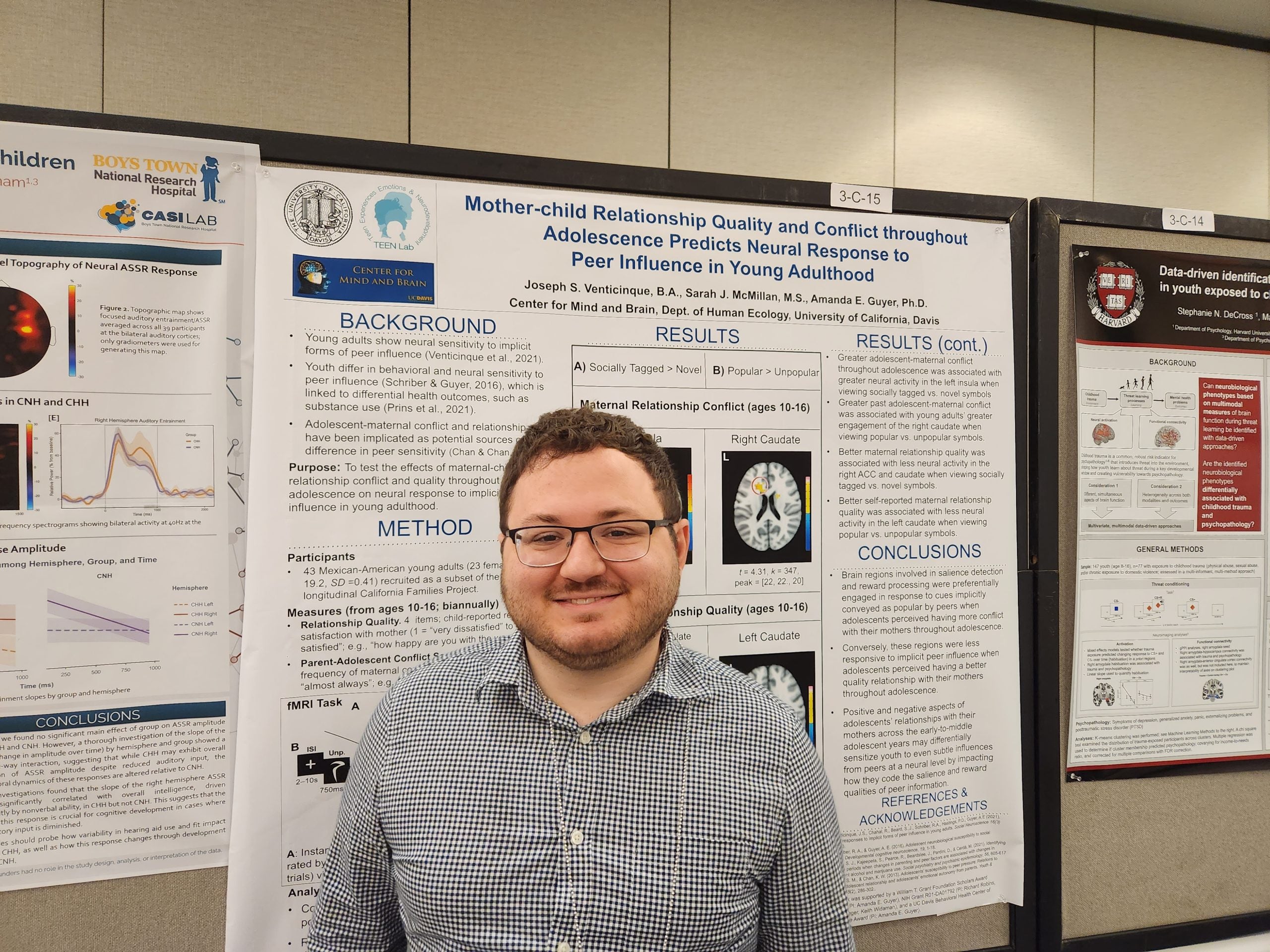Daniel S Pine, Karin Mogg, Brendan P Bradley, LeeAnne Montgomery, Christopher S Monk, Erin McClure, Amanda E Guyer, Monique Ernst, Dennis S Charney, and Joan Kaufman (2005). Am J Psychiatry, 162(2):291-6.
OBJECTIVE: Previous research in adults implicates attention bias in posttraumatic stress disorder (PTSD). To study attention bias in children, the authors used picture-based versions of the visual-probe attention bias task previously used with adults. They tested the hypothesis that attention bias to threatening facial photographs is associated with maltreatment and PTSD. METHOD: A visual-probe task that manipulated threat levels was used to test 34 children who had been maltreated and 21 children who had not been maltreated. The visual-probe task involved showing photographs of actors with faces depicting neutral, angry/threatening, or happy expressions for 500 msec each. RESULTS: Attention bias away from threat was associated with severity of physical abuse and diagnosis of PTSD. This association reflected the tendency for high levels of abuse or PTSD to predict attention avoidance of threatening faces. CONCLUSIONS: Previous studies examined the engagement of specific brain regions associated with attention orientation to angry/threatening faces. The current study used similar methods to document associations between attention bias and maltreatmentin children. This sets the stage for studies examining relationships in childrenamong perturbed brain function, psychopathology, attention bias, and maltreatment.




